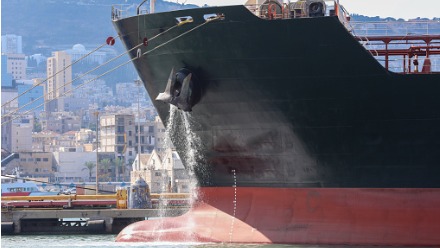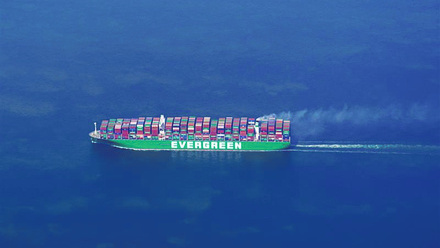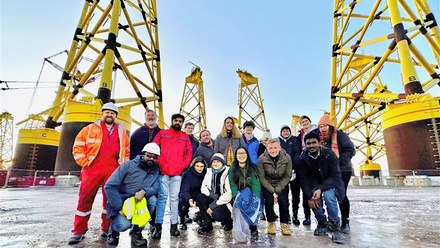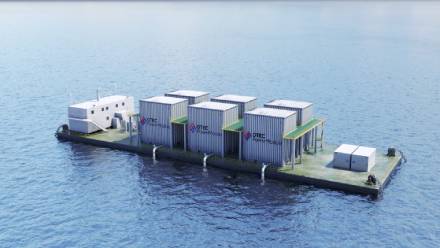New explorations into dangerous methane trapped underwater
When it comes to the climate crisis, carbon dioxide (CO2) is the headline villain. But methane (CH4), which accounts for around 30% of the rise in global temperatures since the industrial revolution, is also worrying ocean scientists.
Estimates of methane emissions are subject to a high degree of uncertainty but the International Energy Agency’s Global Methane Budget suggests that annual global emissions are around 570 million tonnes. About 60 percent are anthropogenic, originating from human activities such as agriculture and the energy sector. The remainder are from natural sources, such as wetlands and thawing permafrost and melting ice across the warming Arctic.
Researchers at Cambridge University, for example, found that methane emissions from glacial groundwater springs across the Norwegian island of Svalbard could exceed 2,000 tonnes over the course of a year — roughly equivalent to 10 percent of the methane emitted by the country’s oil and gas industry.
Researchers are also increasingly worried about the vast amounts of frozen methane, known as methane hydrate or fire ice, which is trapped as a solid under our oceans but vulnerable to release as the planet warms.
Scientists had previously thought hydrate from the deepest parts of the continental slope was not susceptible to climatic warming, but researchers from the University of Newcastle have discovered these pockets of frozen methane can migrate up the continental slope – their studies offshore Mauritania found one such pocket moved 25 miles (40 kilometres) during a past warm period - making them more sensitive to climate change.
“The new data clearly show that far larger volumes of methane may be liberated from marine hydrates and we really have to get to the bottom of this to understand better the role of hydrates in the climate system,” says Professor Dr Christian Berndt, Head of the Research Unit Marine Geodynamics, GEOMAR, in Germany.
New technologies making measurements easier
Because of the potency of methane, accurate measurements and understanding of marine methane release is essential. It is often associated with specific features such as pockmarks, or morphological depressions at the seafloor, mud volcanoes, cold seeps, and gas hydrates. Scientists study them by observing gas plumes on underwater camera systems, using acoustic techniques and laborious sampling and analysis of CH4 using gas chromatography.
New technologies are making it easier, however, to get a handle on the mix of dissolved gases in the water. Underwater mass spectrometry technology (UMS) offers significant advantages in underwater gas quantification, as it not only offers strong specificity but can also simultaneously detect multiple substances.
And by directly obtaining samples from the environment without manual intervention, the UMS eliminates sampling artifacts and allows scientists to quickly test larger quantities. UMSs can be used on various platforms, including boats, remote operated vessels, and manned submersibles. Prolonged in-situ deployments make it possible to collect more data and make sophisticated statistical analyses of environmental signals and better understand oceanic processes.
But there are challenges to the technology, including the harsh environment where the UMS may be operating and the need to manage water vapour that could impede detection. The University of Rhode Island’s Department of Ocean Engineering is using a Submersible Wet Inlet Mass Spectrometer (SWIMS) to better calibrate the UMS.
During a deployment on a submersible tow vehicle, designed to capture profiles throughout the upper or euphotic zone, the SWIMS UMS and in-situ calibration system focused on measuring the primary atmospheric gases. The objective was to scrutinise how independent variables such as pressure, internal temperature, electronic noise baseline, sample temperature, water vapour pressure, and in-situ water temperature contribute to variability in UMS readings.
This data provides valuable insights into dissolved gas dynamics in the ocean and helps with further understanding of the planet’s complex systems and the technologies that will be needed to further that understanding. The more we know, the more we can begin to understand the storage and release of marine methane, and what this might mean for the future.
Image: methane molecules graphic; credit: Shutterstock.
Tell us what you think about this article by joining the discussion on IMarEST Connect.






